Lesson 3: The only way to counter unconscious bias is to be conscious of biases
In the competition for talent, we can’t afford to pass over talented people in our hiring process. That’s why, whether you’re considering someone for a job or for a promotion, it’s important to find ways to recognize and push back against potential biases.
For example, to make our pool of applicants wider and more diverse, we ask our recruiters and leadership to specifically target nontraditional applicants that might not have had the benefit of informal networks of mentors and connections. We also ask them to remember to balance technical skills with other skills, like language proficiency and cross-cultural awareness. We even organize “unconscious bias” sessions for our recruitment teams and hiring managers, which help remind them to look for and appreciate a wider array of work styles and experiences.
The idea behind all of this is to bring this conversation out into the open. Because the more attention we pay to our potential biases, the more we’ll work to disrupt them — and the less likely we are to be held back by them.
Lesson 4: Focus on men, too
Closing the gender gap doesn’t mean focusing exclusively on women. When you broaden the conversation to include both women and men, it improves opportunities for everyone.
When it comes to paternity leave, for example, we know that men can be reluctant to use their benefits. That holds women back, too, by reinforcing the outdated idea that childcare should be mainly the woman’s responsibility, no matter what it means for their careers.
Our research with the Peterson Institute backs this up. We found that countries with the most women in leadership offered fathers 11 times more paternity leave days than countries at the bottom. We also found that the companies with better paternity leave policies are also the ones that are better at building a pipeline of female talent.
That’s why, for example, EY has equalized maternity and paternity leave for mothers and fathers in the US, so both are eligible for 16 weeks of fully paid parental leave. Just as importantly, we have worked hard to create a culture that encourages everyone to take advantage of this new policy. Our leaders — and our in-house coaching team — make it clear that taking your full leave won’t stand in the way of a promotion. In fact, taking your full parental leave aligns with our broader strategy, and is something everyone should support.
It’s the same with our workplace flexibility policies. We have worked hard to create a culture where all of our people feel comfortable using day-to-day flexibility when they need it for things like doctor’s appointments. And for those who need more routine, we introduced Formal Flexible Work Arrangements (FWAs) 12 years ago. We now have about 3,000 employees in the Americas on FWAs, taking advantage of arrangements like reduced schedules, teleworking options and seasonal schedules. We make sure all of our people feel empowered to take advantage of flexibility, in any of its forms, so they can balance their lives in the way that works best for them.
Lesson 5: Set the tone from the top — and throughout your organization
When we created our Roadmap For Success, we asked every partner to start incorporating measures to increase diversity into their goals every year. But just as importantly, we encouraged all of our leaders to discuss these plans with their teams. We wanted to make it clear that creating an inclusive culture is an organization-wide priority with support from the very top.
Setting the tone in this way is critical for a global organization like ours, because closing the gender gap is not a regional issue, or a local initiative. It’s a central part of our global strategy. It applies to every sector and every country we operate in — so it’s important that all of our people know that all of our leaders are behind it.
That mindset has guided our work in this area. And while we have much more to learn, and much farther to go, we’re proud to be moving forward and doing our part to close the gender gap once and for all.
This article was originally published by the World Economic Forum, under the headline "5 things I learned from working to close the gender gap in my company".
Kokkuvõte
Accelerating progress toward gender parity is everyone’s responsibility. Leaders must get all their people on board and moving forward.


